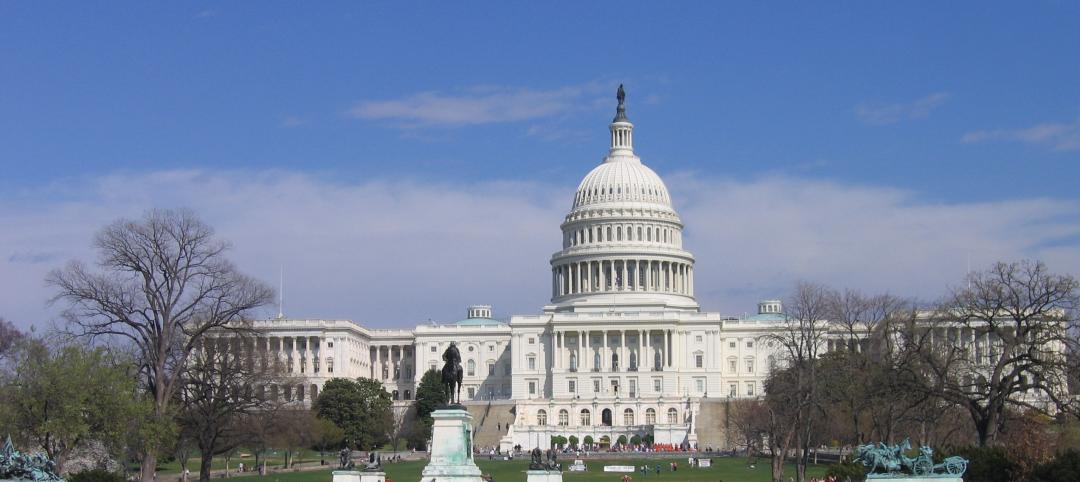Composite wood products must meet new U.S. Environmental Protection Agency (EPA) formaldehyde emissions regulations as of June 1, 2018.
Among the products impacted: particleboard, medium density fiberboard (MDF), and hardwood (decorative) plywood. Structural engineered wood products manufactured for construction applications, such as structural plywood, oriented strand board (OSB), wood I-joists, laminated veneer lumber, and glued-laminated timber, are exempt from the regulation.
Structural engineered wood products marked with the APA Mark of Quality are exempt from the regulation. In cases where unmarked structural engineered wood products from APA member mills are sold into industrial applications that do not require a certification mark, the product invoice and an APA certificate of conformance can be used to identify the product as exempt.
Certification of compliance is required to be completed by a Third Party Certifier, who will verify that the regulated composite wood product’s manufacturer is capable of complying with the emission regulation. Quarterly inspections and testing, and reviews of routine quality testing conducted at each mill are also required.
Related Stories
| Dec 13, 2012
So-called fiscal cliff is already affecting construction jobs, AGC finds
In November, the construction industry shed 20,000 jobs and its unemployment rate reached 12.2%, according to an analysis by the Associated General Contractors of America.
| Dec 13, 2012
New York City poised to enact recycling mandate for multi-family dwellings
New York City lags behind other large cities in recycling with only 15% of residential trash being recycled. A new bill passed by the City Council aims to improve the rate by changing how new apartment buildings are constructed.
| Dec 13, 2012
Pima County, Ariz. officials say improved code enforcement scores will help lower insurance bills
Insurance Service Office, Inc. (ISO) recently analyzed building codes and enforcement and found that Pima County, Ariz., consistently outscored comparable jurisdictions in Arizona and the nation.
| Dec 13, 2012
D.C. aims to be a green leader with new building codes
The District of Columbia has released a revised set of building codes to make it a leader in green construction.
| Dec 7, 2012
Georgia court limits contractors’ ability to foreclose on liens
The Georgia Court of Appeals ruled in 182 Tenth, LLC v. Manhattan Construction Company that lien claimants such as contractors, subcontractors, and materialmen, may not foreclose on a lien that includes unpaid general condition costs.
| Dec 7, 2012
San Francisco real estate records will include ‘green labels’
Ecologically-sustainable building practices, or “green labels,” will now be included on official land records maintained by San Francisco.
| Dec 7, 2012
Tokyo’s Green Building Program has reduced power consumption by 20%
Tokyo city officials calculate that its Green Building Program reduced energy consumption by 20% since its inception, a statistic they identify as the reason the power stayed on during the 2011 earthquake.
| Dec 7, 2012
New flexible options make achieving LEED certification easier on projects outside the US
A new set of Global Alternative Compliance Paths, or Global ACPs, are now available for all commercial projects pursuing LEED green building certification using the 2009 versions of the rating systems.















